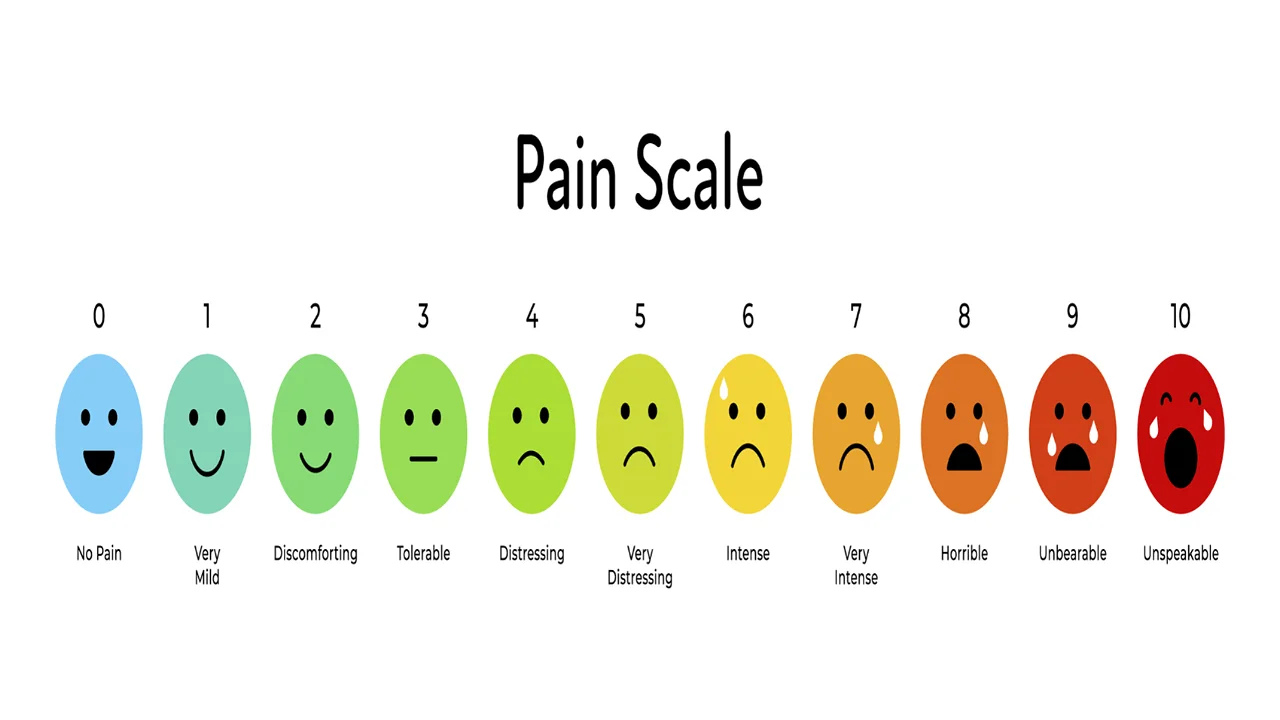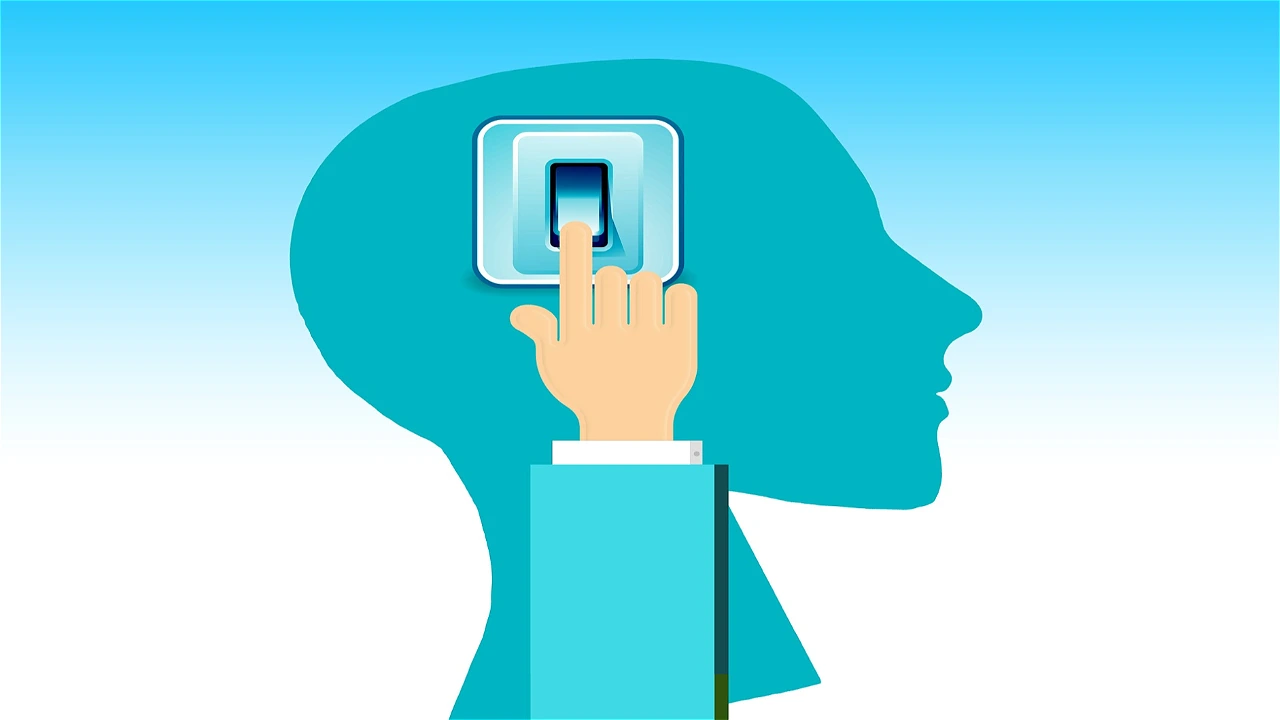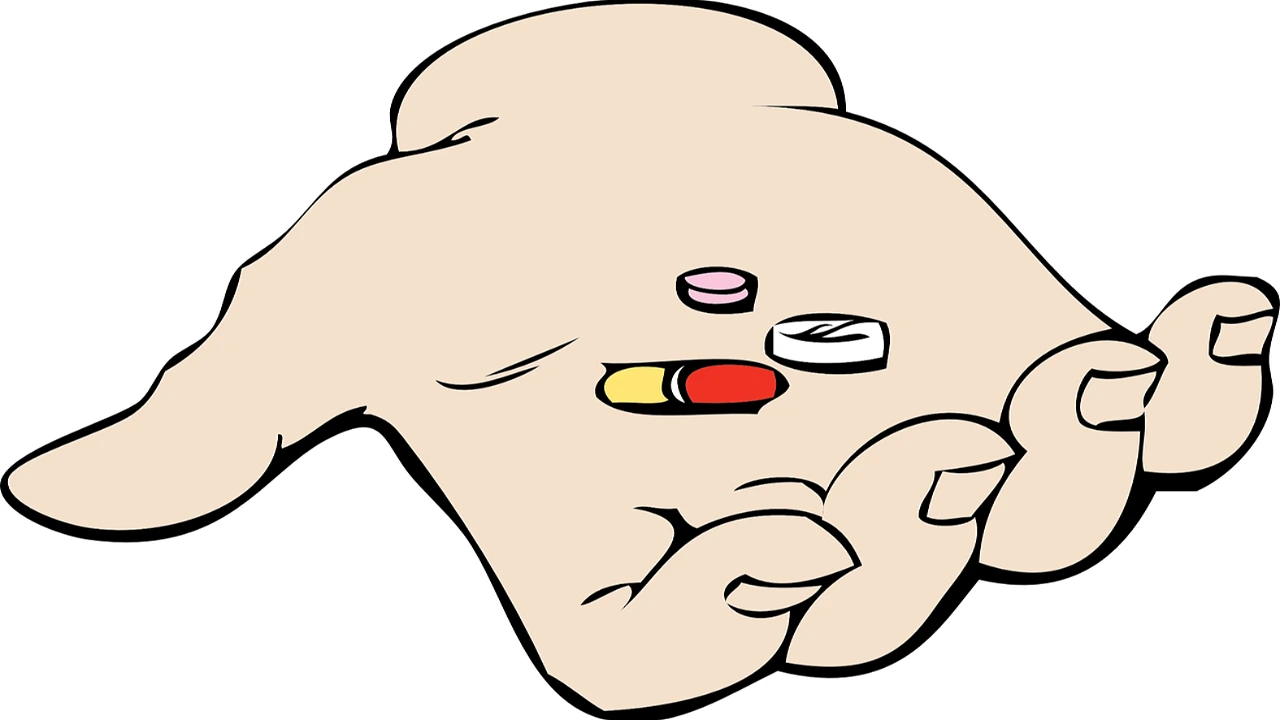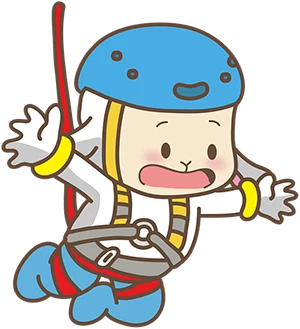
Pain and discomfort accompany us from the day we are born until death. At the same time, there is no uniformity in the definitions and no transparent methodology for measuring "objective pain."
As a liver cirrhosis patient for many years, I suffered from excruciating pain and various symptoms that are hard to describe. (Without taking painkillers or medications.)
- My extensive experience inspired me to write this article regarding pain intensity. This article offers a systematic method to examine objective pain levels and definitions of what pain is without using synonyms.
The pain scale is a subjective measure of pain affected by the pain's intensity, duration, and location. Pain endurance does vary from person to person, but pain intensification has more objective metrics.
How does your brain respond to pain? - Karen D. Davis.
My broad suggested definitions of inflammation and physical pain mirror each other.
Links: | What is inflammation? (Inflammation vs. Infection) | Pain (Wikipedia) |
If you look for definitions for physical pain, you will find that they are not uniform. It is worth emphasizing that pain and inflammation are mirror images of each other.
- "Inflammation - is a short or continuous immune response caused by temporary or permanent cell damage intended to rehabilitate the damaged tissue."
- "Physical pain - is a short or continuous alarm sensation caused by temporary or permanent cell damage (above a certain threshold) in tissue with sensory nerves (nociceptors)." Pain is a part of the self-defense mechanism.
The pain scale is a subjective scale in which the patient gives a numerical value to the feeling of pain.

Is discomfort a symptom in itself?
Discomfort is low-intensity pain, usually tolerable, that indicates slight damage to cells or tissues. It is a prevalent symptom anywhere in our body where there is pain. Since the discomfort is tolerable, we often tend to ignore it.
What does it mean that I have intermittent discomfort?
- Intermittent discomfort intermittently reaches a threshold where the body activates the pain alert mechanism.
If the discomfort is replaced by pain - what does it mean?
- It means that the cumulative damage to the tissues intensifies.
If I take painkillers, is the tissue damage causing the pain healed?
- Painkillers do not act to reduce inflammation but directly neutralize the pain.
Why do we often ignore physical discomfort?
- Discomfort usually still does not significantly affect the quality of life. Most of us have a denial mechanism that prefers to preserve our way of life.
Three factors determine the objective severity of pain.
The pain scale is a subjective measure in which the person is asked about the pain level. The objective measurement of pain tries to quantify the pain objectively, primarily to assess the pain level of injuries and chronic patients. To this day, to the best of my knowledge, there is no objective measure of pain. The subjective perception of pests has a relatively high variance.
- The Density of the sensory nerves (nociceptors) differs in different body areas. The head area, palms, hands, genitals, and nipples are rich in sensory nerves, which tend to hurt more.
- Essential organs, such as the brain and the liver, are not pain-sensitive.
- Cumulative tissue damage = The multiplication of the affected tissue damage volume multiplied by the duration of exposure to the harmful agent.
- The intensity of tissue damage volume. (Per time unit)
- Duration of exposure to the harmful agent.
- The Regeneration rate of the damaged tissue is directly proportional to the speed at which the pain passes. For example, skin cells recover quickly, so the pain passes relatively quickly when we cut ourselves superficially with a knife.
It is possible to produce a statistical estimate of objective pain. Still, the patient's subjective response to pain is often more important than the intensity of the objective pain!
Gate Control Theory. (Pain has switches that can be turned off.)

Applications of the Gate Control theory. (Regarding pain)
Link: Gate control theory. (Wikipedia)
The theory was presented for the first time in 1965 and offered a physiological explanation for the phenomena observed in pain. The explanations are not easy to understand; they describe the pain as a switchboard with switches that can be turned off. With these tools, you can control the pain.
You can find three primary methods using Gate Control tools to treat pain broadly.
- Through acupuncture, complex surgeries can be performed without anesthesia. It means that acupuncture can turn off the switches responsible for the relevant pain.
- The inflammation can be diverted to another place where the symptoms are not painful; these tools are practical because of the close connection between inflammation and pain.
- Both methods are part of traditional Chinese medicine, including cupping and skin scraping. The explanation of Chinese medicine for these treatments is slightly different. Still, if you divert the location of the inflammation to a "more comfortable" place, you will relieve the symptoms in the desired area.
- Deep meditation can turn off the pain switch. Various martial artists make extensive use of the method. Indian fakirs walking on nails, hot coals in ritual ceremonies, and even swimming in ice water use the subconscious control of pain signaling. The disadvantage of this method is that it requires a lot of practice.
The fact that the pain switches can be "turned off" only shows that pain is subjective. It affects mental state, age, practice, personality, sex (women have higher endurance), breathing, culture, etc.
Besides the brain and liver, most of the major organs in the human body are pain-sensitive.
- We can feel pain in our bodies almost anywhere possible. Although there is no "brain pain," migraines are one of the most troublesome pests. (What hurts is not the brain itself.)
- The liver has no pain sensation, but the gallbladder and nearby organs feel pain. The pains of chronic liver patients (like me) are horrible because the body rots! But this is not a pain of the liver itself.
- The pain intensity is often a subjective question; however, there are paralyzing pains in which the patient cannot function. Severe toothache, eye pain, earache, and prolonged migraines are paralyzing pains. (The head, because of the multiplicity of nerves in it, is especially susceptible to pain.)
Painkillers block the pain without curing the inflammation that causes the pain.

Frequently asked questions and answers regarding pain in general and chronic pain in particular.
If I don't have pain, does that mean I'm healthy?
- Not necessarily; the tissue damage may not have crossed the threshold that activates the pain mechanism.
If I have chronic pain, what does it mean?
- Chronic pain indicates tissue damage, creating inflammation (not necessarily infection) that the body cannot repair immediately.
Why do steroids reduce the intensity of pain?
- Steroids secreted from the adrenal gland reduce the body's inflammatory response. At the same time, with prolonged use, steroids cause a weakening of the immune system and many side effects.
Is chronic pain a sign that I still have tissue damage?
- Usually, the answer is "Yes."
If the chronic pain intensity increased, was it a sign that my health condition had worsened?
- If the pain intensity has increased significantly over time, and there have been no other (mental) changes, the answer is probably "Yes."
I have intermittent pain; what does this imply?
- Intermittent pain means the immune system moves alternately between the pain threshold and beyond the pain threshold.
Do painkillers cure the inflammation that causes the pain?
- Painkillers do not cure the inflammation but ease the sensation of pain. Over time, they have side effects and cumulative damage.
Physical pain is often the result of injury (accidental or intentional) or illness.
- A blow, accident, burn, injury, etc. (accidentally or intentionally) causes immediate inflammation. Sometimes, it also creates infection.
- Local or chronic inflammation results from a pathogenic infectious processor without a present pathogen-producing inflammation.
Prominent examples:
- When we have toothaches due to cavities in the teeth, the cause is a caries bacterial infection that causes inflammation, swelling, and pain.
- If a knife cuts us, the body's inflammatory response is swelling, redness, and closure of the bleeding wound. The pain is usually temporary and subsides within a few minutes.
- Migraines are inflammatory, with pains lasting indefinitely for consecutive days. Besides the swelling we usually do not feel or see (Jugular veins), migraines are also inflammatory.
Healing chronic pain requires the rehabilitation of the damage to the tissues that produced the pain.
Link: Alleviating chronic pain by applying natural anti-inflammatory methods.
Any anti-inflammatory technique reduces pain.
- Anti-inflammatory nutrition. (The effect is relatively slow.)
- Cleansing the Liver, Gallbladder, Intestines, and Kidneys. (The effect is relatively slow.)
- Herbs and various supplements. (The effect is relatively fast.)
- Other anti-inflammatory therapies. (The effect is relatively fast.)
Four groups of anti-inflammatory therapies have a relieving effect on inflammation. Their effect is slow compared to painkillers, but they treat the cause and not just neutralize the pain.
Prolonged pain severely impairs the patient's quality of life; however, painkillers and steroids do not cure the disease; they only alleviate the symptoms at a painful cost.

A reasonably well-established theory called the gate control theory describes the control of the pain mechanism as switches that can be opened and closed. But it is a technique that most of us cannot implement, involves deep meditation, and requires practice.

